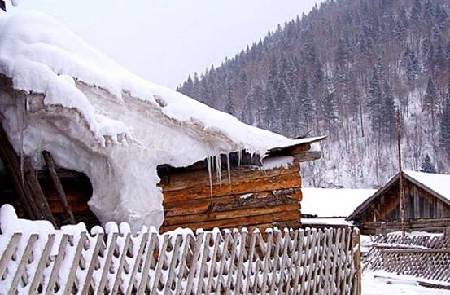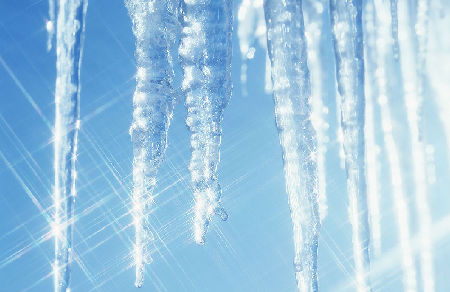
(Source: uutuu.com)
There is an old saying in China that goes, “The days of the Sanjiu period are the coldest days.” The “Sanjiu period” refers to the third nine-day period after the day of the Winter Solstice, which is in Minor Cold. Of course, this is only a general rule. The days of Major Cold, the solar term after Minor Cold, may be colder than the days of Minor Cold in some years. And in the winter of 1975, the coldest days happened during the Major Snow.
During Minor Cold, the East Asia major trough goes all powerful and stable, and so do the Mongolian cold high and Aleutian low. The ridge of the west wind trough reaches its peak, and the west wind is at its strongest. The temperature drops frequently, while seldom forming a cold wave.
The winter in the south is warm. In the deep winter, the frost and snow invade the land, frost appears everywhere, and the minimum temperature is about -10℃. Meanwhile, the minimum temperature in the northern areas of South China rarely falls below -5℃, and in the southern parts of South China the temperature is seldom below 0℃. The river valleys of low altitude are the warmest places in winter, and the average temperature in January is 12℃, barely below zero. With the effects of temperature inversion, the banana, mango and other tropical fruits grow well in winter. In this period, the coldest area is the north part of Heilongjiang Province. The minimum temperature may reach -40℃. The ground is frozen and drops of water turn into icicles.
 (Source: Pinic.com)
(Source: Pinic.com)
During Minor Cold, people should pay close attention to the weather forecasts, because often strong winds and snow can affect passenger transportation.
baike.baidu.com
Translated by Zhang Min
Editor: Wen Yi & Zhang Min


